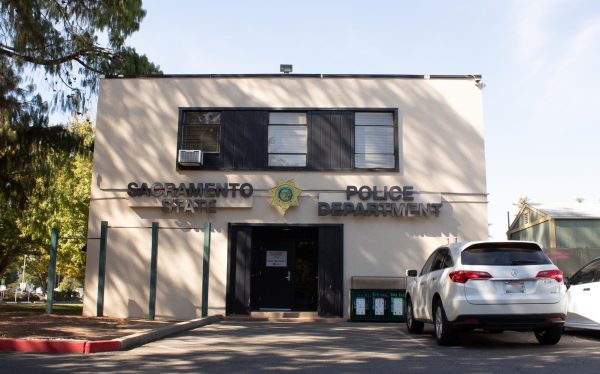Mexico on the road to failure
March 25, 2009
Mexico’s violence continues to rise and as a result, the United States has issued a travel warning for tourists and student travelers planning to go on a vacation this spring break.
Mexico’s economy cannot afford to lose out on money from tourism and drunk students, but safety has diminished due to the continued rise in kidnappings and violence.
Will Mexico’s violence and the government’s inability to provide for the safety of its citizens and visitors result in absolute chaos?
Before we jump to conclusions, let’s identify what it means for a country to be in a state of absolute chaos – or what scholars like to call a “failed state.”
In a study by Robert I. Rotberg, program director on Intrastate Conflict and Conflict Resolution at Harvard’s Kennedy School of Government, failed states are characterized as being “tense, deeply conflicted and bitterly contested by warring factions.”
In order for Mexico to be considered a failed state, like Somalia, it needs to have internal wars between government officials and rebel groups. The federal government also needs to be limited in its abilities to perform general functions and provide services to its citizens.
Fortunately, Mexico has not reached that level, but the danger of it turning into a country like Colombia is very real.
The violence that I have pointed out in previous columns has risen.
The Mexican cartels seek to reinforce their control by not only recruiting members in Mexico, but also from gangs in Texas and Arizona, in order to smuggle drugs across the border.
President Felipe Calderon needs to rethink his strategies about how to end organized crime. Declaring martial law may seem to be an immediate solution in the state of Chihuahua, but what about states like Michoacan, Guerrero and Sinaloa?
Nancy Lapp, professor of government, said Mexico’s drug cartels are far bigger than people realize.
Lapp said Mexico also serves as a gateway for cocaine distribution from other Latin American countries like Colombia and Peru.
“The drugs are transported by sea, air and through mules, people who are paid to carry the drug inside their bodies,” Lapp said.
The battle to stop trafficking has been endless.
For decades now, there have been problems with drug lords being able to get their sleazy hands in governmental matters through donating large sums of money to presidential campaigns or influencing the appointment of government officials in local districts.
Mexico’s long history of corrupt cops, who would rather take a bribe than solve a crime, is old news to our ears and since nothing was ever done to stop such behavior, what is the Mexican government going to do now that the problem has intensified?
Now it no longer involves street cops pulling over people just to get money for lunch, but powerful cartels who are working together to fight the Mexican military and the country’s Federal Investigations Agency.
From my perspective, the government of Mexico and its anti-drug cartel policies clearly aren’t working.
Mexican mass media have depicted the government as corrupt and unable to solve any matter dealing with organized crime.
Journalists have also reported clear connections between different Mexican cartels and politicians themselves.
Some of you may be wondering why this is important and relevant to Sacramento State.
Some students may not relate, but there are many here whose families emigrated from Mexico and who still have family living there. Many of these students often go back and visit their homeland.
It is to those students I write this article. It does matter to know where Mexico, the motherland and our next door neighbor, will end up in five, 10 or 15 years. Even though the United States has opened endless opportunities for us, we love going back to Mexico.
Vanessa Guerrero at vguerrero@statehornet


































































































































